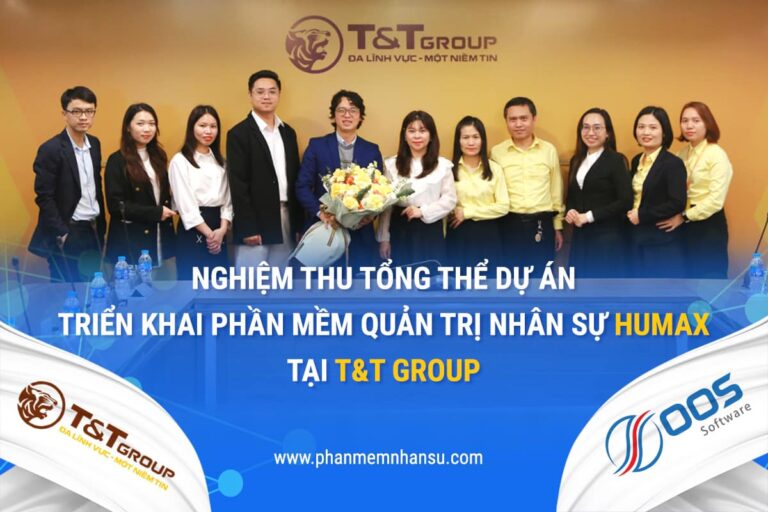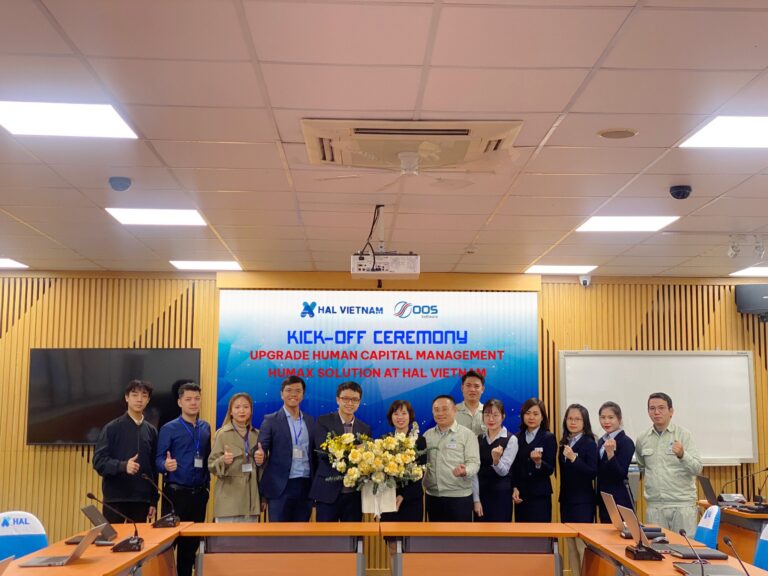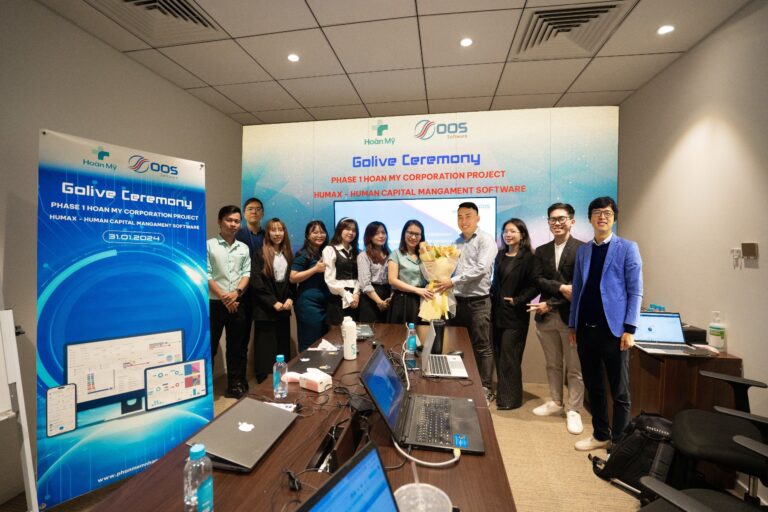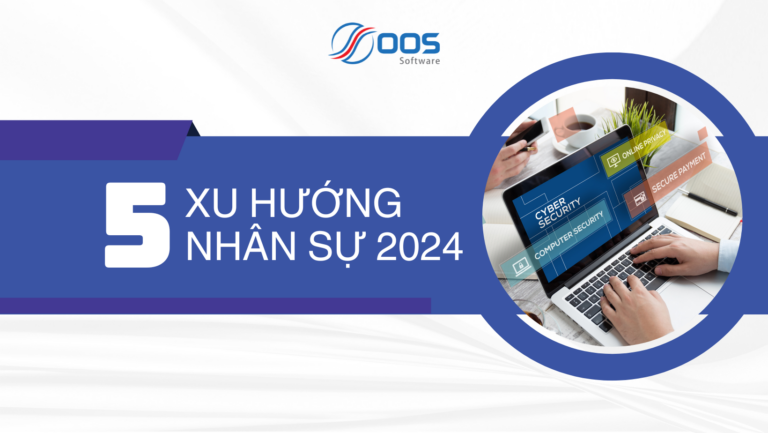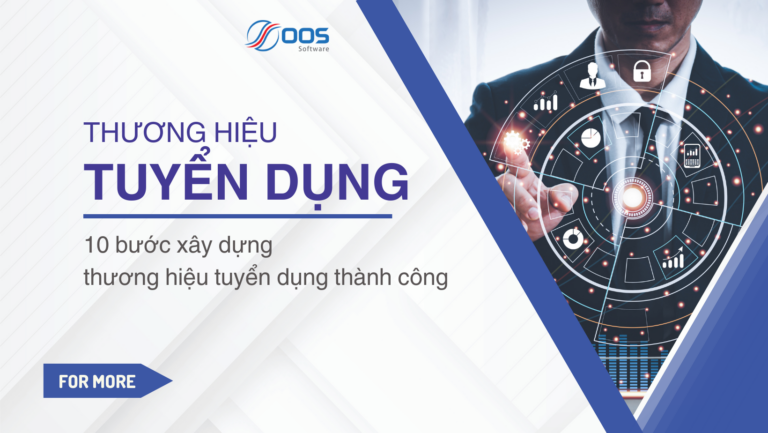According to Forbes, 70% employees fall into idleness at work. Learning and development programs are an important mechanism for actively engaging and stimulating employees. Looking back at the skills decline cycle, people working in an organization with a higher learning culture than 58% are likely to have the skills needed to meet future demand.
Developing a learning culture is always a policy to build and develop sustainable human resources and create competitive advantages for businesses, especially in the 4.0 technology era when everything changes rapidly.
The nature of the learning process
Learning is the process of changing and expanding people's awareness through a change in the subject's own worldview and capacity. Simply put, it is the human process that changes the way people perceive, think, and act.
The learning process consists of 3 basic stages, which are the foundation for managers to come up with some of the most effective and comprehensive strategies for building a learning culture:
- Stage 1: Changing perception, receiving knowledge to understand
- Stage 2: Act, observe, test and put into practice
- Stage 3: Strengthening the thinking system, contemplating assessment and seeking innovation and improvement
Model of effective learning culture
In an effective learning culture, what employees learn, and how, is all driven by learning opportunities, competencies and the right learning environment.
- Learning opportunities: Employees have access to a limited number of relevant learning options, not all, but they are allowed to choose from a wide range of knowledge directly related to their job, expertise, and knowledge. its subjects and interests.
- Learning capacity: Employees know how to learn things, not only skills and expertise, they also need training on how to learn
- Learning environment: a vibrant and positive shared environment that always stimulates the learning spirit of employees, they want to share with many classmates, motivate and compete with each other.
In order for a learning culture to be successful and bring many benefits to both the company and its employees, it is also necessary to identify the necessary roles and requirements of the parties involved in the process of building a learning culture. It is the coordination of all subjects including: senior leaders, training centers, direct managers and students.
Some strategies for building a learning culture in the enterprise
Change the way you think about learning
To develop a learning culture in the enterprise, the first and most basic thing is that the members should see learning and self-development as a natural action and a need for self-improvement without must be a must-do. Each individual should identify issues that they love to learn and get into the habit of feeling after each small success, be it as simple as knowing a little more new knowledge or solving a small problem. In the work.
The identification of learning goals and interests should also be applied in the recruitment process. When managers understand the candidate's expectations about the environment and field of study, they will be able to select people who can stay in the industry for a long time.
Encourage creative ideas
Leaders should encourage their employees to actively voice their new, unique ideas. You should avoid being judgmental or attributing the point of view as soon as a new idea is proposed, but take the time to consider its feasibility. At the same time, when there is failure, the leader should look at both the positive and the negative side of the problem, motivate the employees and mentor them to continue with the next challenge. It shows goodwill, the spirit of innovation and risk-taking, motivates employees to come up with new initiatives and is not afraid to face new challenges.
Combination of diverse and flexible forms of training
Employee learning takes place not only through formal classrooms, but through a variety of learning styles. Usually, the more two-way interactive forms and practical applications, the higher the level of impact and cognitive change. Flexibility in combining training forms is a trend in the 4.0 technology era and in the context of the Covid-19 epidemic. The 70-20-10 capacity development model published by Lambardo&Eichiger can be referred to:
70% learns from work:
- Tasked with a challenge
- There is a mechanism to systematize and standardize experience
- Job rotation
- Head of projects
20% Coaching & Leading:
- Direct manager
- Coach, model
- Daily feedback
10% Formal classroom training:
- Through classroom training, books and E-learning
Encourage change and cross-validation
Cross-evaluation is an effective tool for managers to control and develop human resources. Comments and evaluations from colleagues or superiors are objective information for each employee to be aware of their own strengths and weaknesses in order to have the right development orientation.
Besides, when businesses tend to expand, departments will have to deal with more complex problems. The constant exchange will give employees the opportunity to access the available knowledge from experienced gnuwoifs, thereby saving time in research, problem solving and contributing to growth. of the enterprise.
Building a capacity assessment system
Managers should clearly define the values that their businesses are aiming for to set the criteria for the competencies that employees need to develop. From there, build a system to evaluate/measure the employee's work performance and commitment to the company. At the same time, businesses should also have compensation policies for the positive development of employees to encourage the spirit of learning in the organization. An effective capacity assessment system is not only a measure to evaluate personnel but also a premise for enterprises to build long-term development plans.
Most of the candidates were attracted by the corporate culture but 33% of the new hires quit within 90 days and 32% of them blamed the company culture. Learning culture plays an important role to build a corporate culture, not only attracting candidates but also retaining talent. People are at the heart of any improvement, so make sure you invest in them and create a culture of learning. To build a proactive and inclusive learning culture, you need a multifaceted strategy that incorporates the right learning methods for your business.


